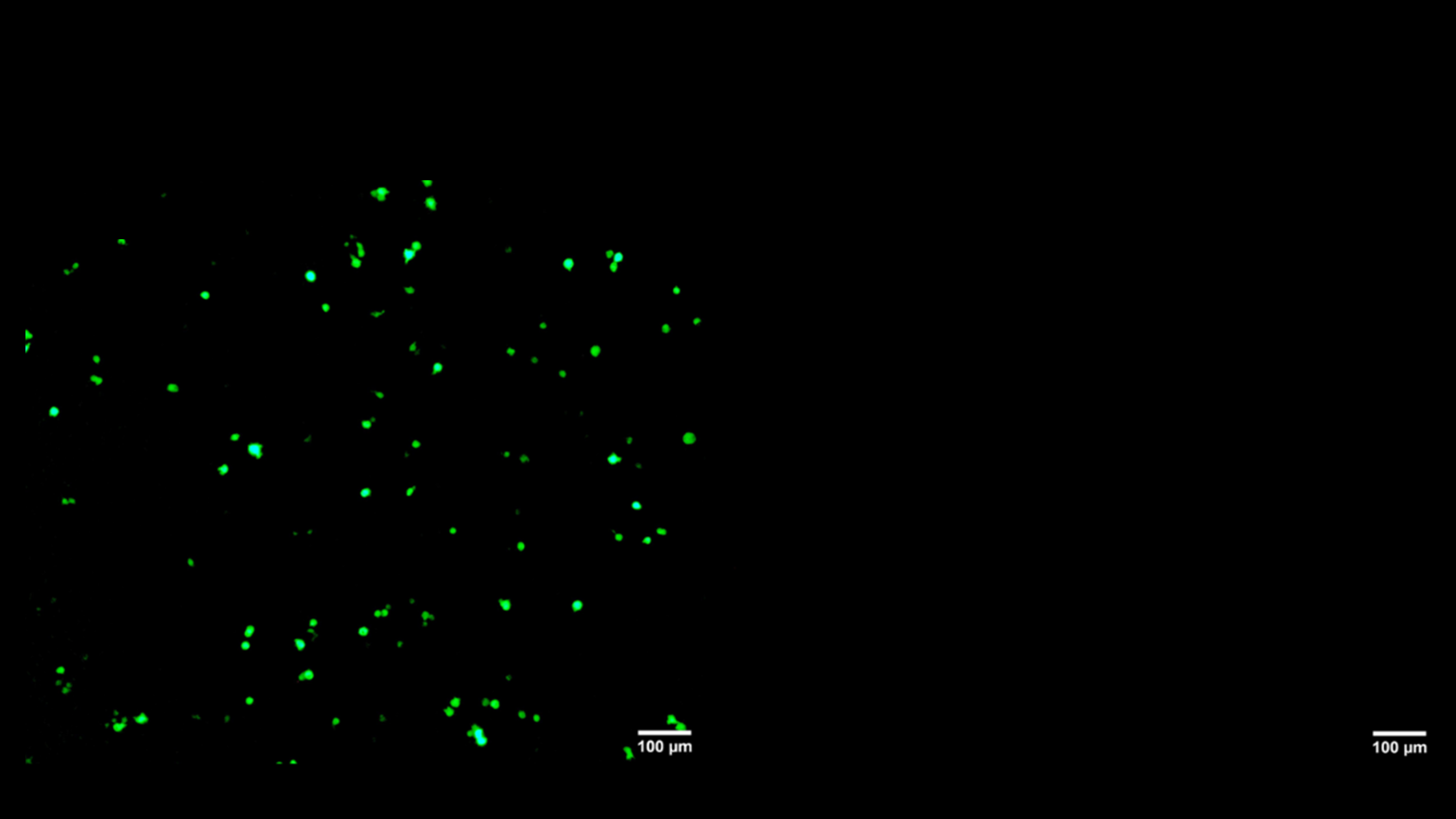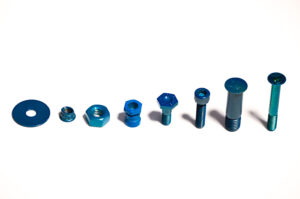With Blockade GC, we have the combination of excellent barrier properties associated with the inorganic coating backbone, combined with the toughness and flexibility of a polymer, resulting in a multifunctional performing coating that is extremely effective at limiting galvanic attack.
It functions by acting as an electrical barrier between components, hindering corrosion development, increasing durability, and improving overall performance. This eco-friendly, cost-effective coating can be factory applied or by a qualified applicator, allowing for direct installation of parts without extra steps.
LL: Why is it important that Blockade GC is a non-chromate coating?
AG: Blockade GC can provide chromate level galvanic protection in a fully non-chrome and non-hazardous coating stackup, making it a better option for people who work with coatings and for the environment.
LL: Blockade GC is the successful result of Department of Defense SBIR support. What was the critical need? How do you describe the value of the SBIR program in developing this innovative solution?
AG: Numerous aircraft and other assets across the DoD suffer from galvanic corrosion. It is a leading cause of reduced asset Operational Readiness and Non-Availability across the services. The development of Blockade GC is a next-generation galvanic corrosion mitigation technology that can help turn these problems around. This important technology has been enabled by the SBIR program through three different projects funded across the Navy and Air Force. Since the coating technology is an enterprise solution, it can be effective in numerous other non-DoD fields as well.
LL: How do you envision Blockade GC changing how we protect ships, airplanes, oil rigs, wind turbines, and so many other critical assets in the future?
AG: It can be used in numerous aircraft applications ranging from screws, bushings, rivets, and many other dissimilar metallic interfaces. When combined with other non-chrome pretreatments and primers, Blockade GC has been demonstrated to significantly exceed the galvanic corrosion protection performance of traditional legacy (hazardous) chrome-based coating systems. It can uniquely enable a fully non-chrome material aircraft stackup where other non-chrome materials have failed.
The energy industry is one of the most challenging based on the often-severe environments in which equipment and assets must perform. This can range from highly acidic media, corrosive salt water (e.g. seawater), hazardous and corrosive chemicals, high pressure, and wide temperature swings. Blockade GC can survive extremely harsh conditions and find application wherever galvanic corrosion protection is a concern.





